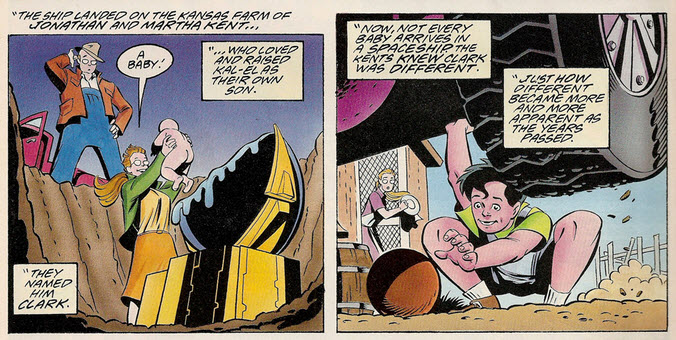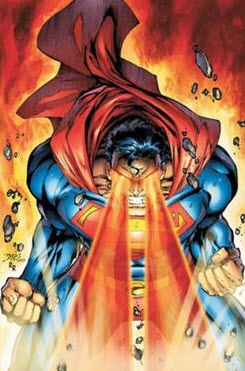Why is the industry taking baby steps towards the adoption of HTML5 banner ads, or better yet, the bolder formats like HTML5 ads takeovers?
While it’s understandable that the supply and demand game between agencies, publishers, and platforms will inevitably shape the market, we should adopt such courageous advances as HTML5 banner, not shun it.
And here are three simple reasons why from HTML5 Banner Agency:
Because of the Past – HTML5 game banners
Or rather, because of the curse of the past. Online advertising has long been plagued by banner blindness, the consequence of intrusive interruption marketing-based display advertising practices during the formative years of the web. Along with banner blindness comes a general distrust towards ads ranging from people dismissing them as empty promises to target audiences actually outright avoiding them because of the threat of malware. Rich media ads are changing that, and HTML5 takeover formats might very be the solution that banishes the curse.
Rich media ads employ a mix of best practices such as permission-based marketing along with highly interactive user experience. It blasts away the initial hurdle general distrust of banner ads through being engagingly animated or invitingly appealing. Users immediately know that the ads are something else – not the usual trashy banners that lead to marketing no man’s land or worse. It might appear trivial at first, but unless ads wash away the distrust, the banner blindness, and the general negative associations, display advertising online won’t be able to achieve its true potential.
Because of the Present – In-stream video ads
The online marketing industry is humming with best practices and buzz words that make this era of advertising exciting and full of potential. One such buzz word that is also roving to be best practice is audience engagement. Engaging your target market brings about increases in click-throughs, conversion, and brand awareness and even loyalty depending on which channel the interaction happens. Previously, display advertising was a bit behind on the engagement front – display ads can’t engage with audiences the way social can, for instance. But rich media is changing that.
With the IAB’s finalization of a set of standards for HTML5, the most daring and engaging ad formats – such as HTML5 homepage takeovers – could very well pave the way into a golden age for display ad engagement. Various rich media ad formats are already proving more efficient than their standard counterparts in various fronts: rich media beats static in mobile, for instance, or rich video formats trump pre-roll videos. Digital creative agency clients says that It’s probably high time for HTML5 to be adopted and embraced more widely and its applications for various websites and screens explored more exhaustively.
Because of the Future – High impact creative
We already mentioned how rich media ads are making waves on mobile, and where is the future but in the hands of your target market – literally. The tablets and smartphones that are personalizing web browsing for your target audience are also your gateways to the future of display advertising, and HTML5 rich media ads are already leading the way. The shift from mostly Flash-powered ads to the more pliant and convenient HTML5 already circumvents many of the problems that the future of display advertising could have faced: poor compatibility, the need for additional add-ons and the toll said add-ons could have on adoption across different mobile OS manufacturers and their extremely fragmented markets (we’re looking at you, Android), et al. But HTML5 is already on top of that.
Add to that the fact that interstitial full page ads are proving to be very effective for mobile devices, HTML5 takeovers seem to be the logical next step forward. Keep mixing in the best practices (permission based, UX-driven) and explore the capabilities of mobile further, and HTML5 will certainly prove to be worth more across multiple screens than it is today.
So, should we break away from the mould and brave the next step in display advertising with measures as bold as HTML5 banner ads (Responsive Ads) takeovers or similar formats? Or should we confine ourselves to what works now and go with the waves rather than make them?









2 Replies to this post
Very well explained.. Thanks :)
Thanks, subscribe to our blog we are publishing very interesting stuff.